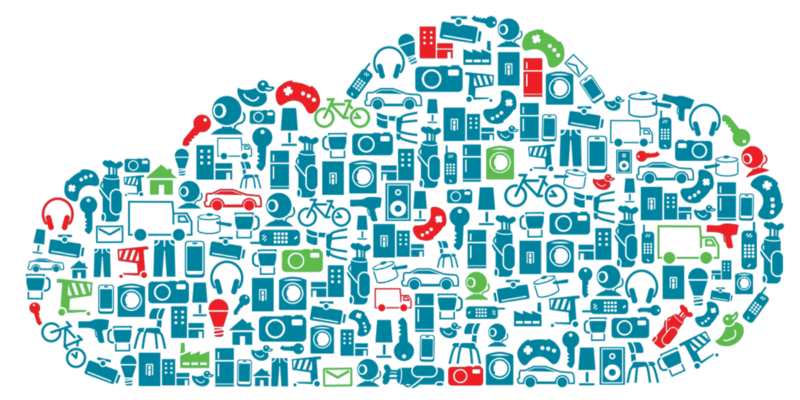
The Internet of Things (IoT) has been labeled as “the next Industrial Revolution” because of the way it will change the way people live, work, entertain, and travel, as well as how governments and businesses interact with the world.
The impact on storage at first seems fairly obvious: There is more data to store. The less obvious part is that machine-generated data comes in two distinct types, creating two entirely different challenges. First, there is large-file data, such as images and videos captured from smartphones and other devices. This data type is typically accessed sequentially. The second data type is very small, for example, log-file data captured from sensors. These sensors, while small in size, can create billions of files that must be accessed randomly.
It used to be that a datacenter would have only one of these data types: They were either in the business of capturing image-based data or they were not. Now, however, datacenters must deal with both data types, and the two usually require different storage systems — one designed for large-file sequential I/O and the other for small-file random I/O.
The cloud is currently playing a pivotal role in the storage, processing and distribution of data. Even though it has contributed greatly to the development of a myriad of applications, including the IoT, the presently adopted centralized storage framework has ignited the emergence of a wide array of isolated data silos, and is holding back holistic data driven analytics of IoT frameworks from reaching their full potential.
Hdac solution is the use of blockchain to support IoT applications. So, instead of simply storing data on central data centers, a data-centric approach is adopted to abstract away the location of data storage. Peers on the proposed distributed cloud can be incentivized with DAC rewards (mining).
Hdac uses ePoW algorithm for the consensus algorithm to develop the existing PoW scheme to induce efficient use of energy and equitable distribution. Also, by adding a permission concept that can grant administrative rights, only a specific user in a private blockchain can participate as a full node of a blockchain. If the existing platform uses common units, Hdac can construct multiple blockchains according to usage, and furthermore, provides a service model that can be used to create units.
Hdac provides a way to store large amounts of additional data in a transaction as an IoT-oriented blockchain in the future. Also, transaction size can be dynamically adapted if required for IoT security and application service expansion.
Hdac is based on blockchains and accommodates all the features of a typical blockchain. The limitations of the blockchain itself are evolving one by one over time. Hdac differs from other platforms based on blockchains by having modified or supplemented several functions to distinguish it in terms of capacity, security, functionality, and speed.
Hi! I am a robot. I just upvoted you! I found similar content that readers might be interested in:
https://github.com/HDAC/WiKi/wiki/HDAC-Whitepaper
Downvoting a post can decrease pending rewards and make it less visible. Common reasons:
Submit